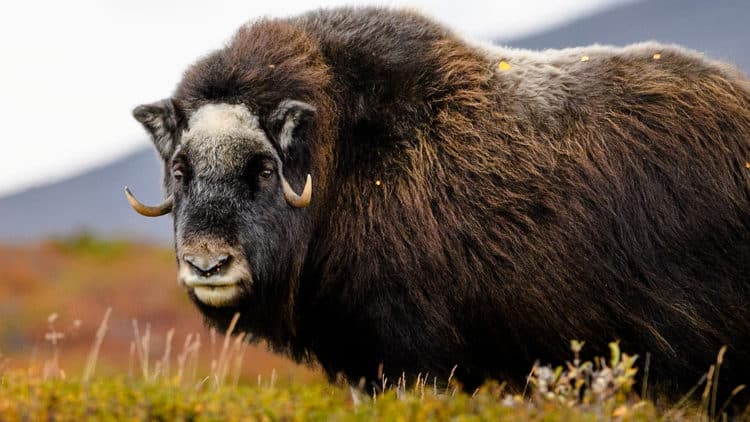
History Channel‘s reality adventure show Alone: The Beast, which premiered in 2020, is a show that focuses on a group of three strangers who have been dropped off in a remote location. As the cameras roll, each contestant is tested to their limits under harsh conditions and is expected to survive 30 days. With little more than their wits, ingenuity, and tenacity, enduring this extreme wilderness in such a remote location is no easy task and can be most excruciating for anyone.
In a bid to make the game all the more challenging, the show’s creators leave the contestants with no tools. They are left with just the clothes they have on and a freshly-killed carcass of one dead animal. None of this comes as a surprise for fans of the parent show, but for new audiences who would love to know more about this reality show, here are 10 things you didn’t know about Alone: The Beast.
1. Alone: The Beast Is a Spinoff Show
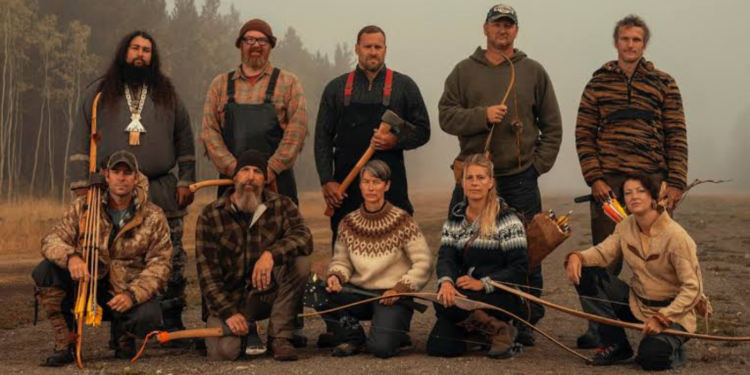
Alone: The Beast is a spinoff of the American survival competition series, Alone. For those unfamiliar with the latter, Alone is also an adventure show wherein the participants compete to survive the longest time in a remote location. There are a couple of ways that participants can leave the competition. They could tap out whenever they feel they can’t take it anymore or be removed if they fail one of their routine medical check-ins. However, unlike its predecessor, the three-team contestants on Alone: The Beast are expected to work together.
2. Alone: The Beast Focuses More On Cooperation
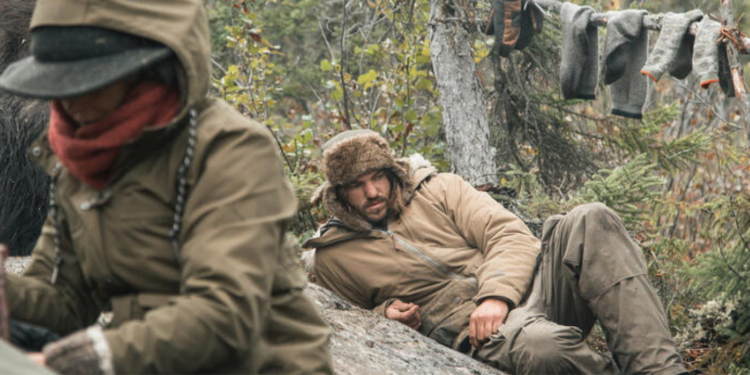
In this particular version of the show, emphasis has been placed more on the cooperation of its contestants. The participants here aren’t meant to compete against one another to see who can survive the longest. Instead, they cooperate to see how well they can survive as a team. However, trying to get strangers to work together under extreme conditions is never an easy task. The stress from being in such an environment eventually takes its toll, and there’s bound to be tension.
3. The Contestants On Alone: The Beast Can’t Bring Anything With Them
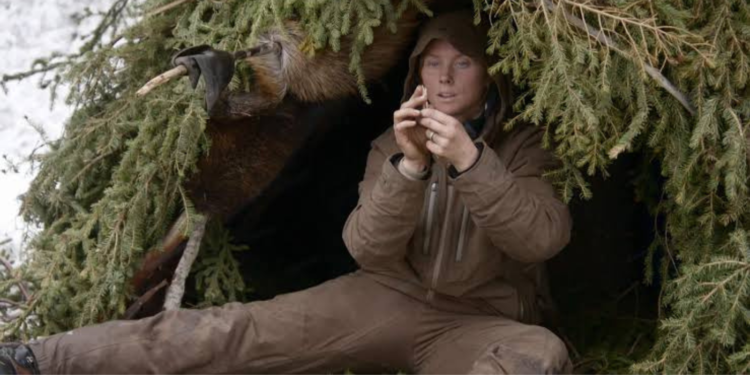
Like its parent show, Alone: The Beast forbids its participants from bringing anything. They must brace themselves with nothing but their ability to withstand terrible weather conditions and possible wild animal encounters. A set-up like this certainly creates an interesting TV experience for the viewers. Not so sure the contestants feel the same way, though.
4. The Participants Of Alone: The Beast Are Left With A Carcass
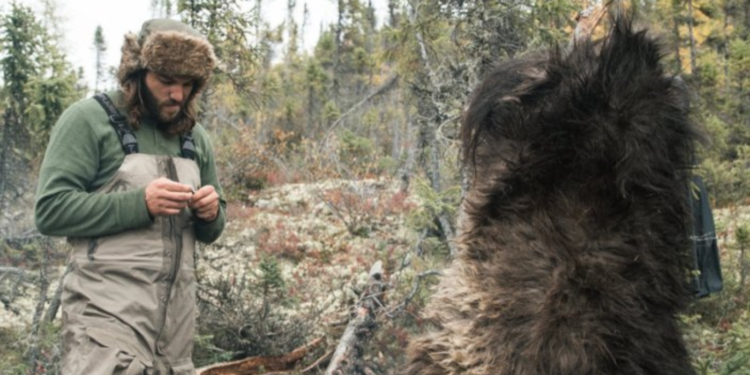
As seen in the show’s first episode, the contestants were dropped in the Arctic along with the carcass of a Moose. The participants are expected to follow a time-honored tradition of surviving in the wild with nothing but the raw meat of a hunter’s kill. How they provide fire for their only source of food, or shelter for themselves, is totally up to them.
5. One Of The Filming Locations On Alone: The Beast Is Great Slave Lake

One of the locations featured on the show is Great Slave Lake, the second largest lake that can be found in Canada’s Northwest territories. The lake was named for the Slavey people who once lived on its Southern shores. However, it should be mentioned that the lake’s English name was influenced by its French name, which was influenced by the Cree people who called enemy ethnic groups “Slaves.”
6. Alone: The Beast Also Features The Louisiana Swampland

Another location featured on the show is the inhospitable swampland located in Louisiana. Generally speaking, humans haven’t been very fond of swampy areas, and this is because swamps are a natural habitat for snakes, pests, and insects that can spread diseases. Louisiana is one of the numerous places that have experienced a major loss of swampland thanks to property development. As much as it seems that swamps are a major environmental hazard, they also serve some ecological functions, such as flood control and water purification.
7. One Of The Animals Featured On Alone: The Beast Is The Musk Ox

The Musk Ox is a big, powerful relative of goats and sheep that can weigh between 400 to 900 pounds. Musk oxen move about in herds, which is useful because when they are threatened, they form up into either a circle or a crescent so that predators are faced by their horns rather than their more vulnerable rumps. Still, this is far from a perfect defense, seeing as the indigenous peoples have used them for everything from food to making tools and clothing for a long time.
8. Alone: The Beast Also Features A Deer Species

The Moose is known to be the largest and heaviest species found in the Deer family. Generally speaking, people don’t see Moose as very threatening animals, which could become a terrible mistake because they are known to cause more injuries than bears. Under normal circumstances, Moose is not aggressive. However, they can be provoked into attacking, particularly when hungry, tired, or feeling extra-cautious because they have one or more calves with them.
9. The Feral Hog Is Also Featured On Alone: The Beast

Humans are responsible for introducing a wide range of invasive species into habitable human locations. One excellent example of this is the Feral Hog, which is known to be a huge nuisance in temperate regions throughout the United States. For humans, feral hogs cause enormous amounts of damage to not just agricultural products but also manmade structures and carriers of diseases that can spread to livestock. In the wild, Feral Hogs are quite capable predators in their own right. They are mostly attracted to the birthing areas of other mammalian species, where they will eat the newly birthed animals.
10. Also Featured On Alone: The Beast is the Alligator

If you were a fan of Steve Irwin’s The Crocodile Hunter on Animal Planet, you might love their inclusion on Alone: The Beast. Alligators, unlike other animals on this show, are considered apex predators, meaning no animal species predates on them. However, humans have found plenty of ways to hunt them over time. For example, the Seminole used torches to dazzle them before following up with spear thrusts. Likewise, the Timucua would thrust poles into their mouths before using the resulting leverage to flip them, thus exposing their bellies to arrow shots. While they do have their vulnerabilities, contestants on Alone: The Beast would have to be pushed to their hunger limits to attempt to hunt an alligator.
 Follow Us
Follow Us





